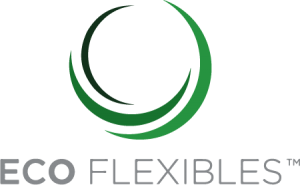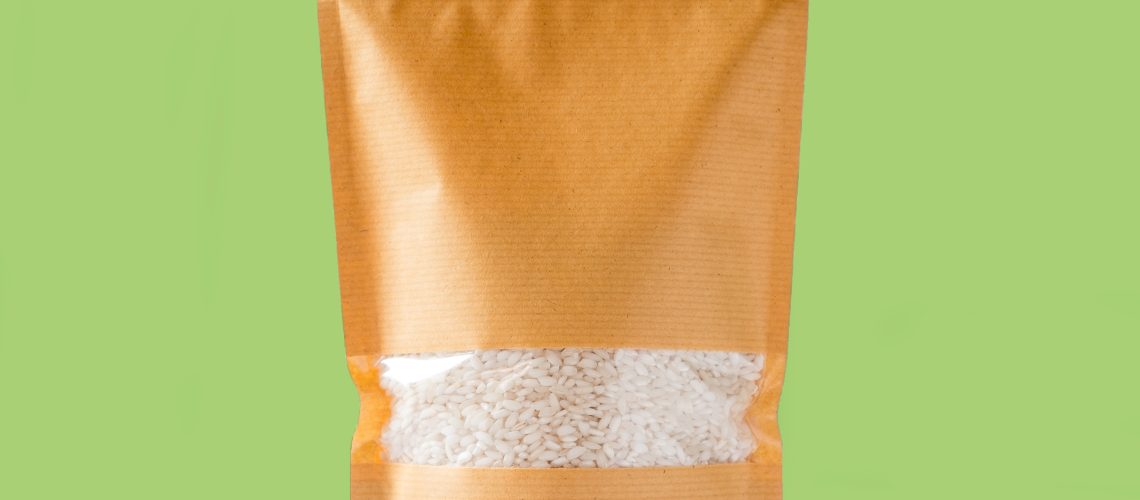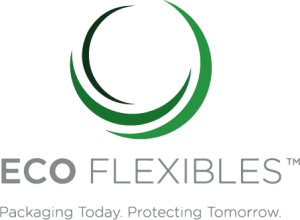It’s clear that as business moves forward through 2022 and beyond, sustainability has transitioned from an ‘added bonus’ to an essential component of commercial success.
Consumers in their droves are demanding packaging that reduces environmental impact, which has seen some of the biggest names in retail change established packaging designs to something altogether lower in overall carbon impact.
The sustainable packaging sector has continued to innovate to the point where the sustainably designed packaging carries the same qualities and performance benefits as the packaging it aims to replace. So, as the benefits mount, where can sustainable packaging – and the brands that utilise it – go next?
Aligning sustainability with business goals
Consumers are becoming more aware of environmental issues and are engaging with sustainability in a whole new way.
Part of this drive is that consumers are getting more aware of ‘greenwashing’, where environmental claims are exaggerated, distorted or presented without context. Because of this, brands cannot rely on surface level efforts when it comes to sustainability, there must be more to it.
Historically held as part of an Environmental, Social and Governance strategy, the paradigm is shifting as sustainability becomes more important and the clock ticks down to Net Zero targets. Now, a dedicated sustainability programme is not a periphery feature of business, but a core driver.
As we move forward, we are set to see sustainability continuing to dominate brand strategy conversations and become more central to long-term direction.
A push to ‘close the loop’
As shoppers continue to get more engaged with sustainable packaging, awareness surrounding the life cycle of plastics increases. Consumers are getting to grips with virgin and recycled plastics, as well as the importance of ‘closing the loop’ and reducing the reliance on new plastic polymers.
Plastic is a very valuable substrate and is essential in modern business. It plays a crucial role in reducing waste and ensuring products reach the consumer in perfect condition, but all too often it ends up in landfill after use.
Consumers, more switched on to plastic life cycles, are pushing for investment in recycling infrastructure, which is the main barrier to plastic circularity. Not all substrates are made equal, and the fractured and inconsistent recycling programmes across the UK make it more difficult for consumers to recycle their packaging.
Ultimately, we want to see as little plastic as possible end up in landfill – ideally, none. But first, we need a system in place that is capable of consistently handling high volumes of plastic waste. The innovative sustainable packaging industry, including Eco Flexibles, will continue to champion bold investment in infrastructure and support a closed-loop plastic economy.
Transitioning to monopolymers
In the quest for increased circularity without compromising on performance, brands are making the switch from complex multi-layer plastic flexible packaging to simpler, recyclable monopolymers.
Typical mixed plastic flexible packaging can cause a severe roadblock for plastic packaging circularity. In multi-layer plastic designs, several layers of different material structures are layered with adhesive. This means that the packaging cannot easily be separated down into its component parts and as a result, cannot be recovered into plastic that can be reused.
Monopolymers consist of a single polymer plastic structure, and today’s technology means they can offer many of the benefits of multi-material solutions in a pack that offers optimal recyclability.
Monopolymer structures can be made into a range of flexible packaging solutions, such as sealed packs, resealable pouches and lidding films. Due to their construction as a single type of material, monopolymer packs create fewer emissions in production and application, and are much simpler to recover into high-value plastic after use. Helping to further close the plastic loop, this means they can be repeatedly recycled, which extends their life cycle many times over.
The technology driving monopolymers has come on in leaps and bounds in recent years. Where previously mixed layers were essential for quality, barrier and aesthetic performance, single material layers can now offer the same characteristics, without the need for adhesive layers that cannot easily be separated for recycling.
Until more recently, a single material layer could not offer the same qualities and characteristics as multiple combined layers, hence the prevalence of mixed materials.
However, substrate technology and packaging design has advanced at such a pace that businesses such as Eco Flexibles can create monopolymer packaging that meets and exceeds the performance of traditional mixed material flexible packaging designs.
The drive towards monopolymer sustainable packaging is where a business such as Eco Flexibles shines. The business is making monopolymer substrates both viable and attractive for brands, helping them slot another piece of the sustainable business jigsaw into place.
Eco Flexibles handles the heavy lifting in sustainable packaging transition, helping leading brands to convert their existing packaging designs into more sustainable alternatives that meet the needs of the modern consumer.
Covering all aspects of the process from concept to completion, including testing and accreditation, Eco Flexibles takes away many of the common pressure points in sustainable packaging design.
Get in touch with our team today to discover how we can help your business meet its sustainability goals!


